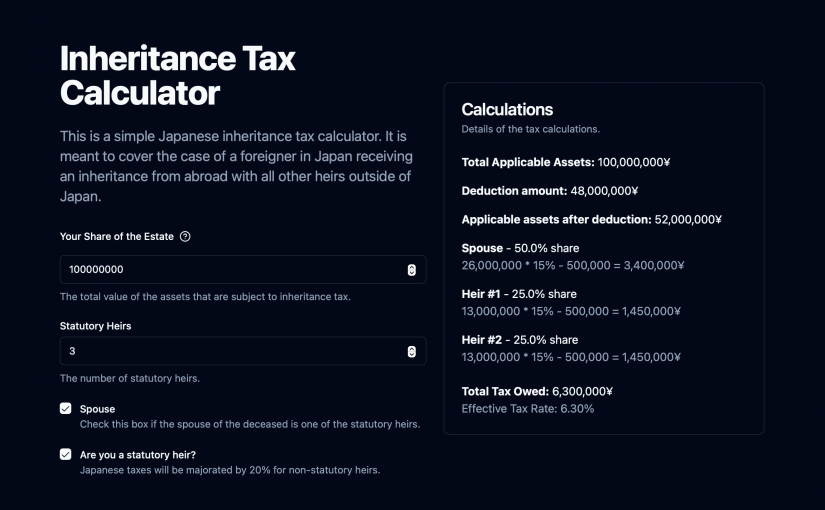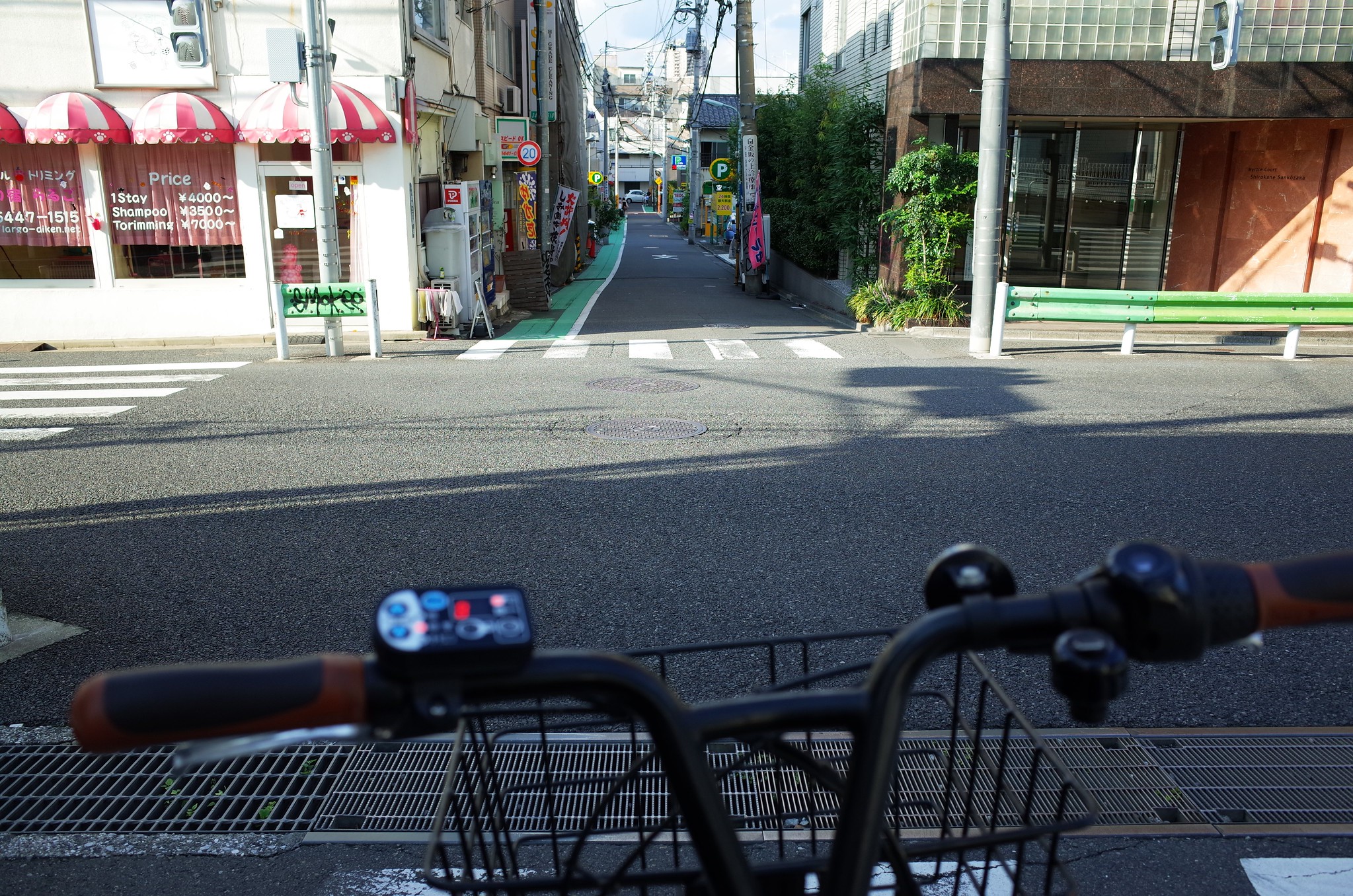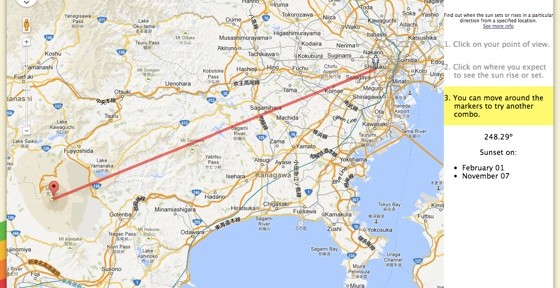Category: Random
-

Zip R2 Objects in Memory with Cloudflare Workers
How to serve a list of files stored in R2 as a Zip file through Cloudflare Workers all in memory.
-

Simple Japanese Inheritance Calculator
I made a thing again! If you’re like me, a foreigner in your 40s living in Japan, the thought of dealing with inheritance taxes for your parents back home can be daunting. Understanding how these taxes might be applied is essential. To help with this, I created an app: Japanese Inheritance Tax Calculator. Here are…
-
REAL TALK 🇯🇵
I appreciate the transparency effort of giving average monthly overtime at your company in a Job Description for recruitment. But how can you write down “40 to 70 hours” and not think “we have a problem” ?
-
Feature requests
The key is to ignore the feature request, and focus on the problem. Users don’t come to you with problems, they come to you with shitty solutions. You need to take their solution, reverse engineer their real problem from that, then work out a good solution for that problem that fits well with your product.…
-
Pareidoloop
http://iobound.com/pareidoloop/ – Evolving a human face out of randomly drawn polygons using face recognition algorithms.
-

-

Updated Sunsetter to the new Google Maps
Today Google revealed new Maps at its Google I/O conference. They are not available yet to the public on maps.google.com but if you’re a developer using the Maps APIv3 you can already use them for your apps by adding just one single line to your code. I did just that on Sunsetter:
-
Masters of the Universe
Recently I read an article sent in by a friend of mine: What price the new democracy? Goldman Sachs conquers Europe This is The Goldman Sachs Project […] to create such a deep exchange of people and ideas and money that it is impossible to tell the difference between the public interest and the Goldman Sachs interest.…
-
VIE for Valeo in Kohnan / Kumagaya
I get a lot of Google traffic from French people whenever a job posting comes up for a VIE contract (special government high-profile trainee contract for European citizens in French companies abroad) at the place I work. All this traffic goes to a much outdated post I wrote over 4 years ago just before coming…
-
Driving school and discrimination awarenesss
As I said in a previous post, I do not have a driving license it every now and then I get itchy and think about getting one. So the other day, feeling itchy, I scanned the web to find driving schools close to my new home in Ikebukuro and found the Koyama driving school. Interestingly,…
-
Softbank’s “summer scam” campaign
Softbank is launching a fun summer campaign with its cute mascot お父さん: Use your Softbank 3G phone overseas this summer and get a chance to win one of 100 flower-necklace-wearing-お父さん straps! Way to go Softbank! It’s a classy move, trying to lure customers into using their cellphone overseas at ¥200/min and potentially incurring ginormous phone…
-
Packing up
Finished the main packing phase: 21 boxes strewn all over the apartment. Moving company will come tomorrow at 1pm. I will have to pack up all the camera gadgets and computers in the morning. P.S. If anything is strange with this post it’s because I am typing it on my iPhone with the Worpress app.
-
MOSDO – MOS Burger x Mister Donuts
Mister Donuts x MOS Burger = MOSDO! Starting May 12, MOS Burger and Mister Donut will start a joint marketing operation mixing their respective products: MOS will have burgers with a hole in the middle of the patty Mister Donuts will sell burger shaped donuts – reminiscent of Mamido burger I reported about a while…
-
Business cards and QRcodes
Still on the same line of thought as my previous post, I was designing my 名刺 – well, more of outsourcing the design to my brother – and had a hard time with QRcodes that might be interesting to some people. So I wanted my business card to have the classic human readable info on…
-
Business card at a job interview
Expanding on my previous tweet, this is of course from a Japanese “business practices and manners” point of view… When arriving at a job interview, as with any business meeting, your interviewer will usually give you his 名刺. It is considered polite in Japan to accept it with 2 hands, bow, place it neatly on…
